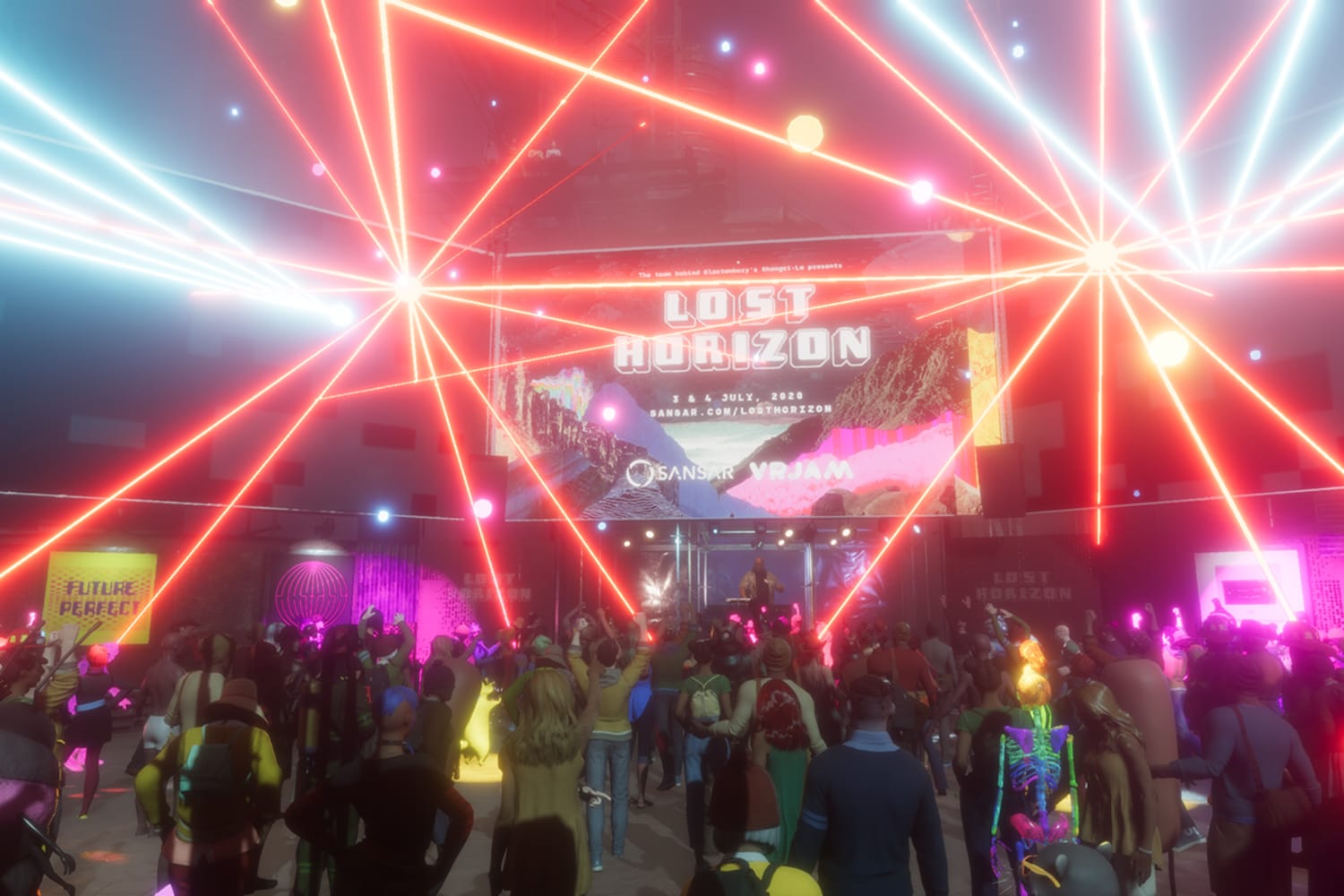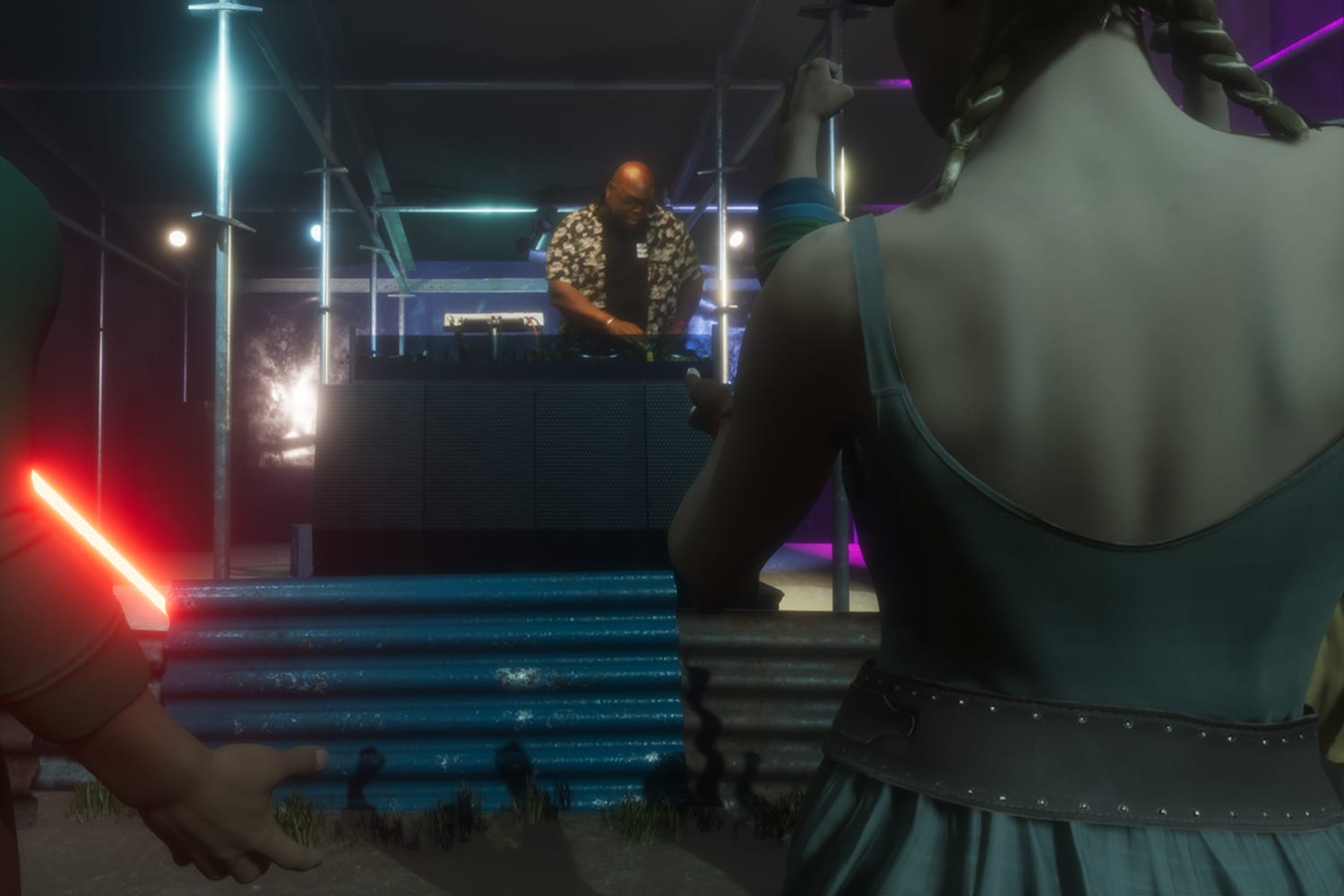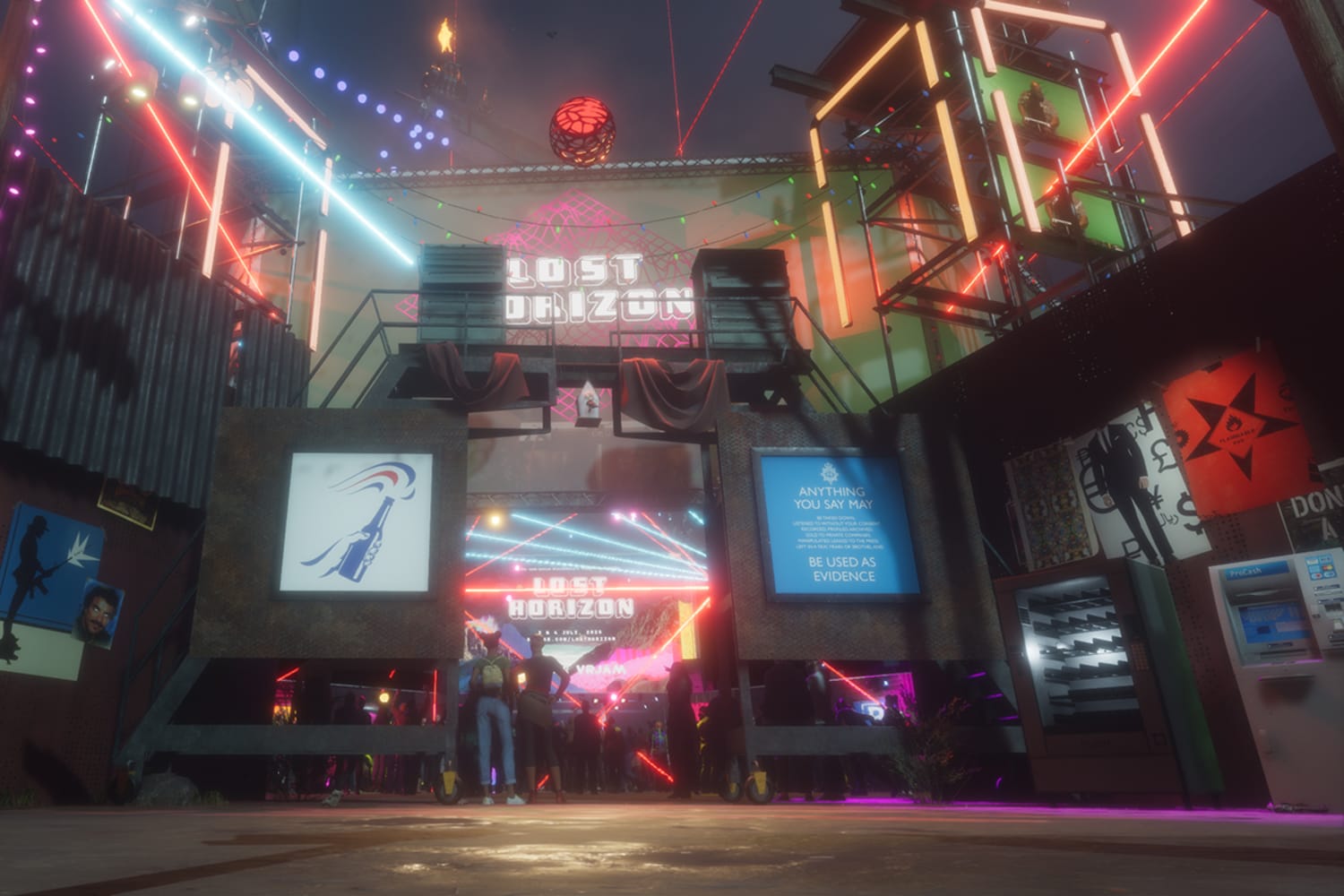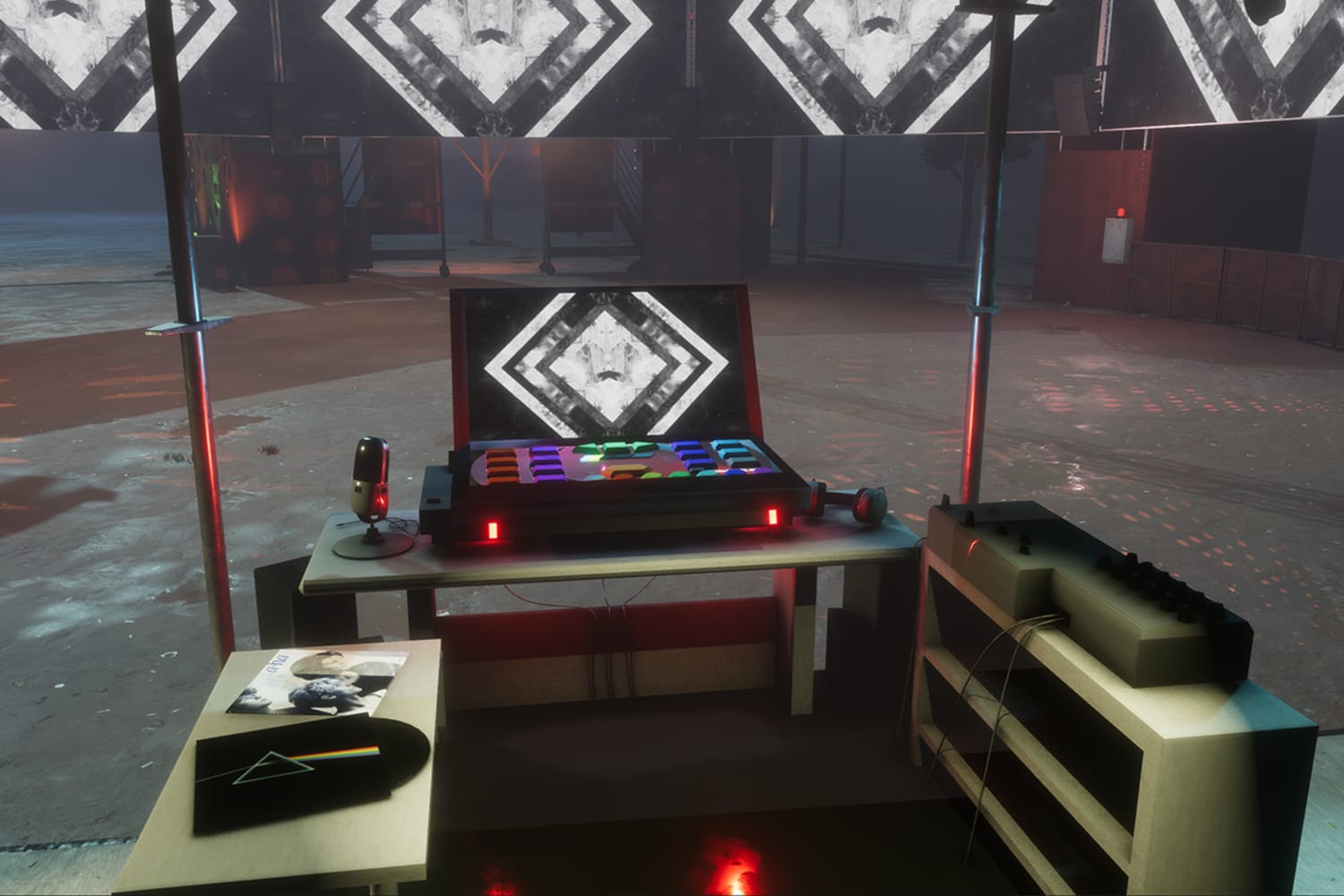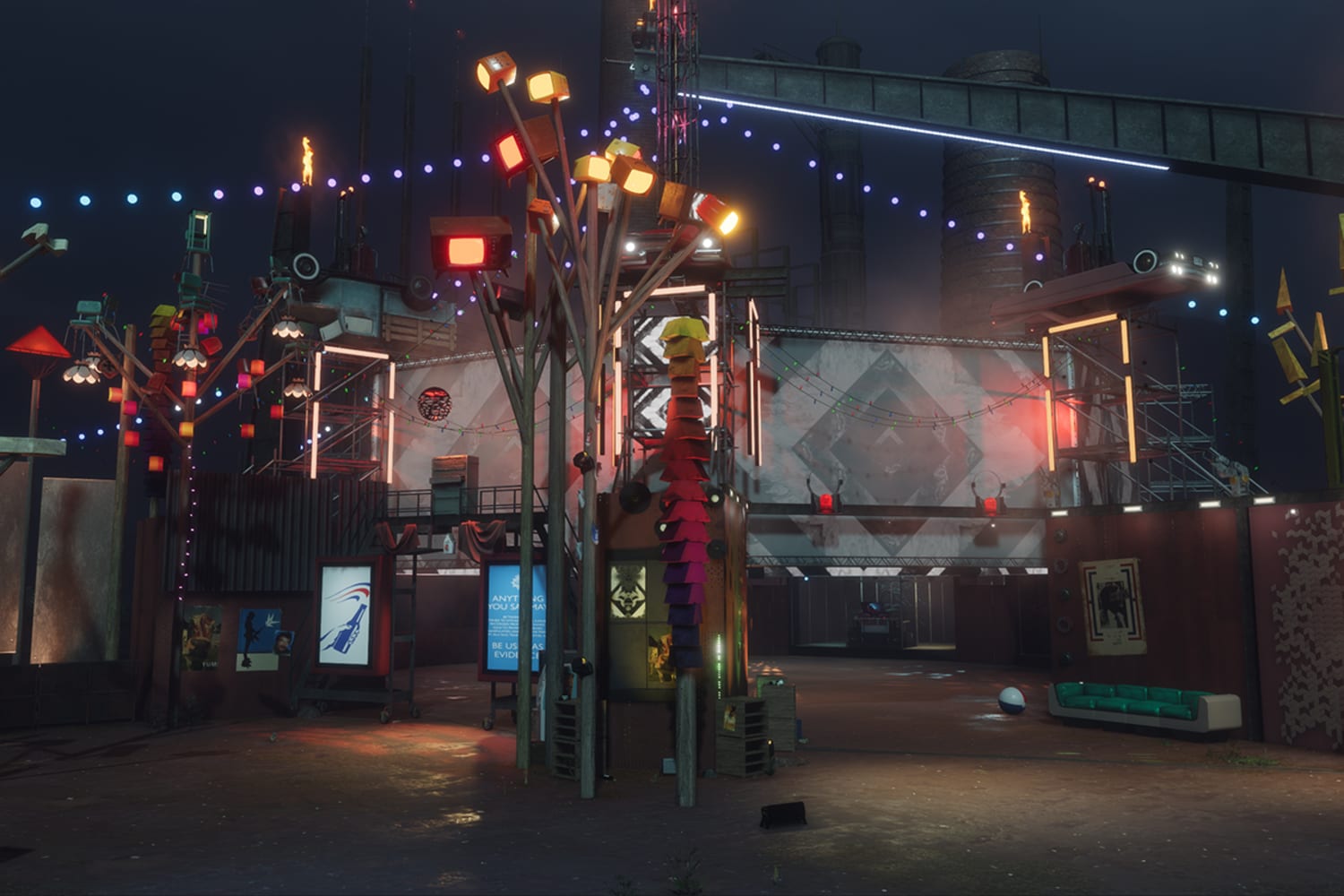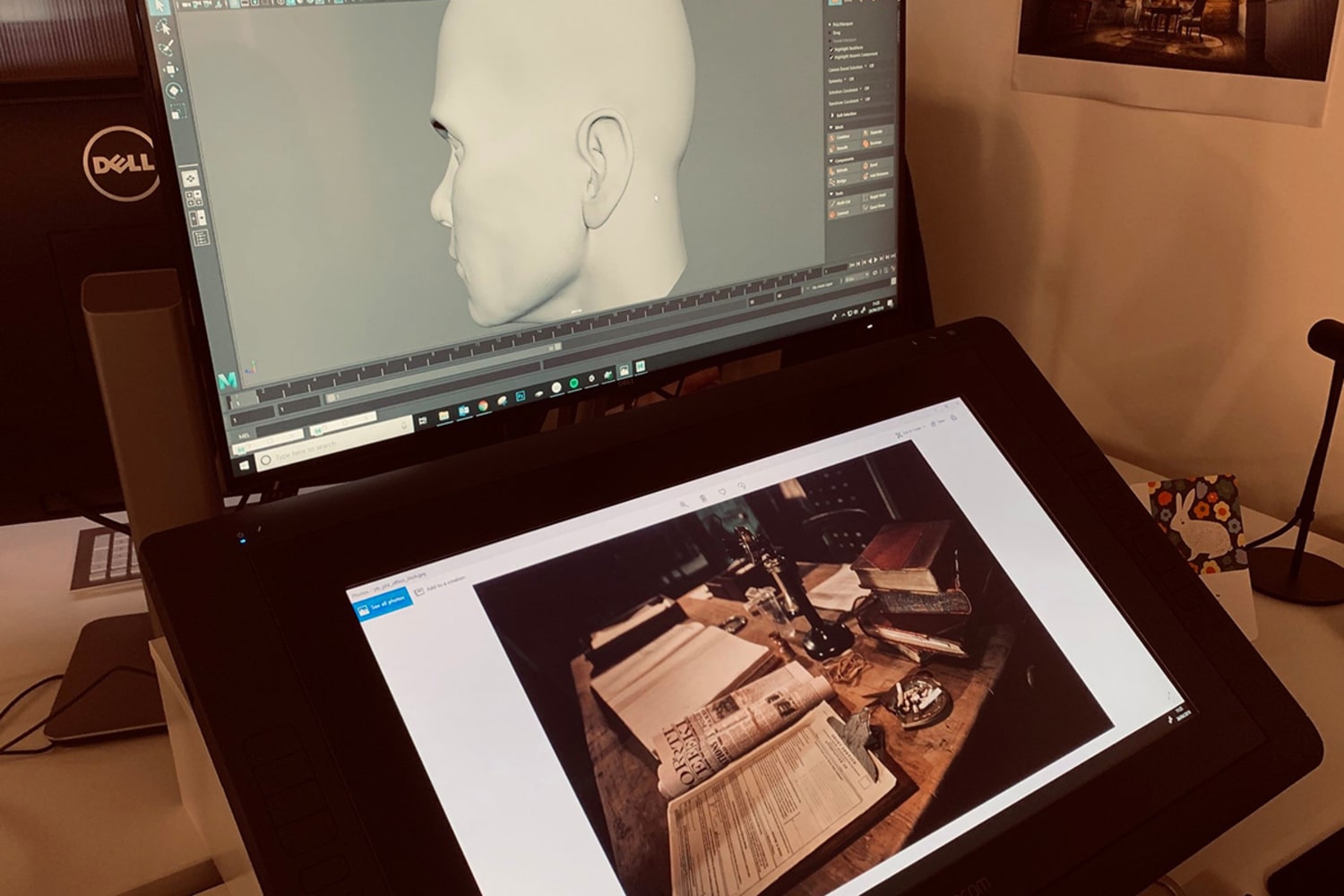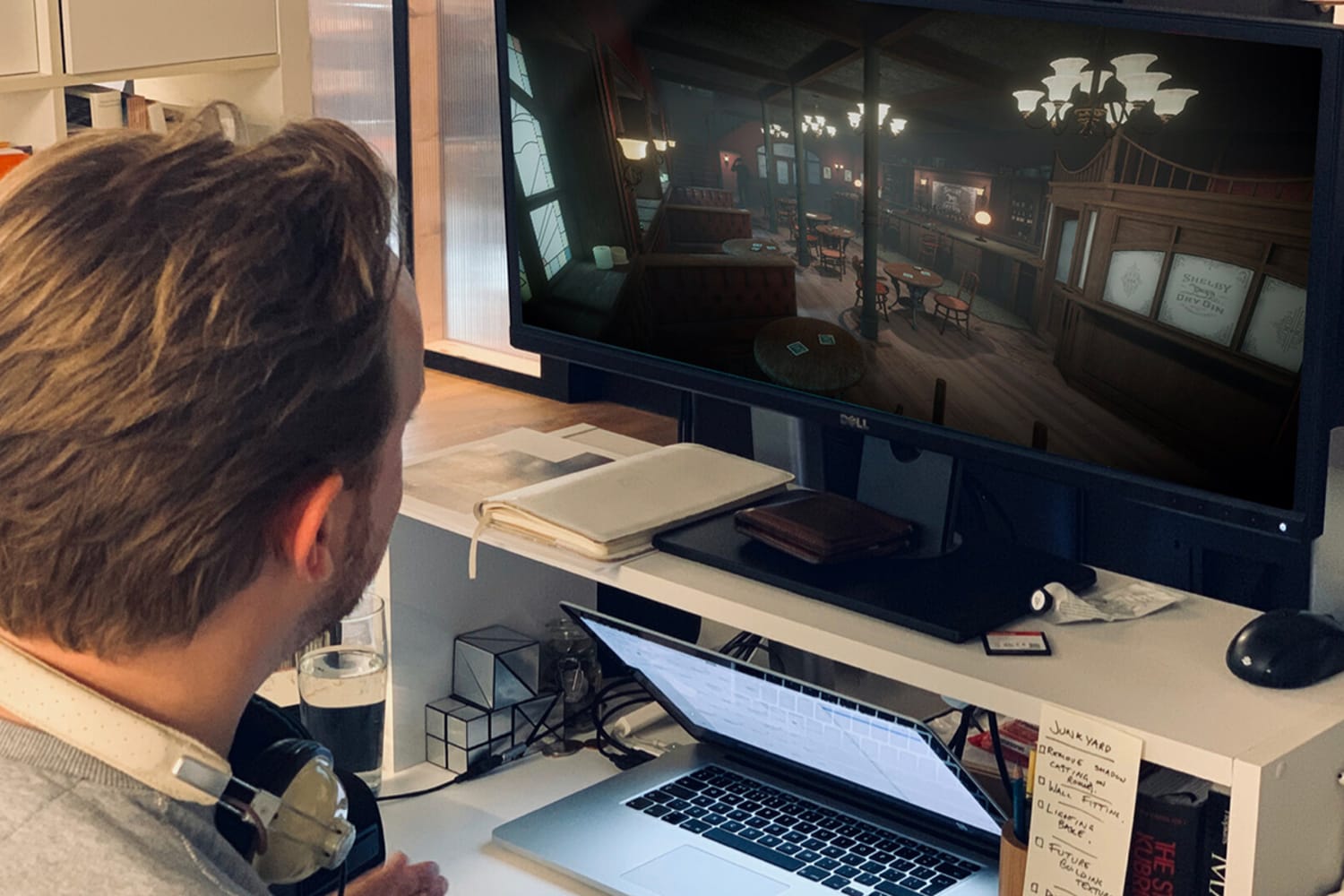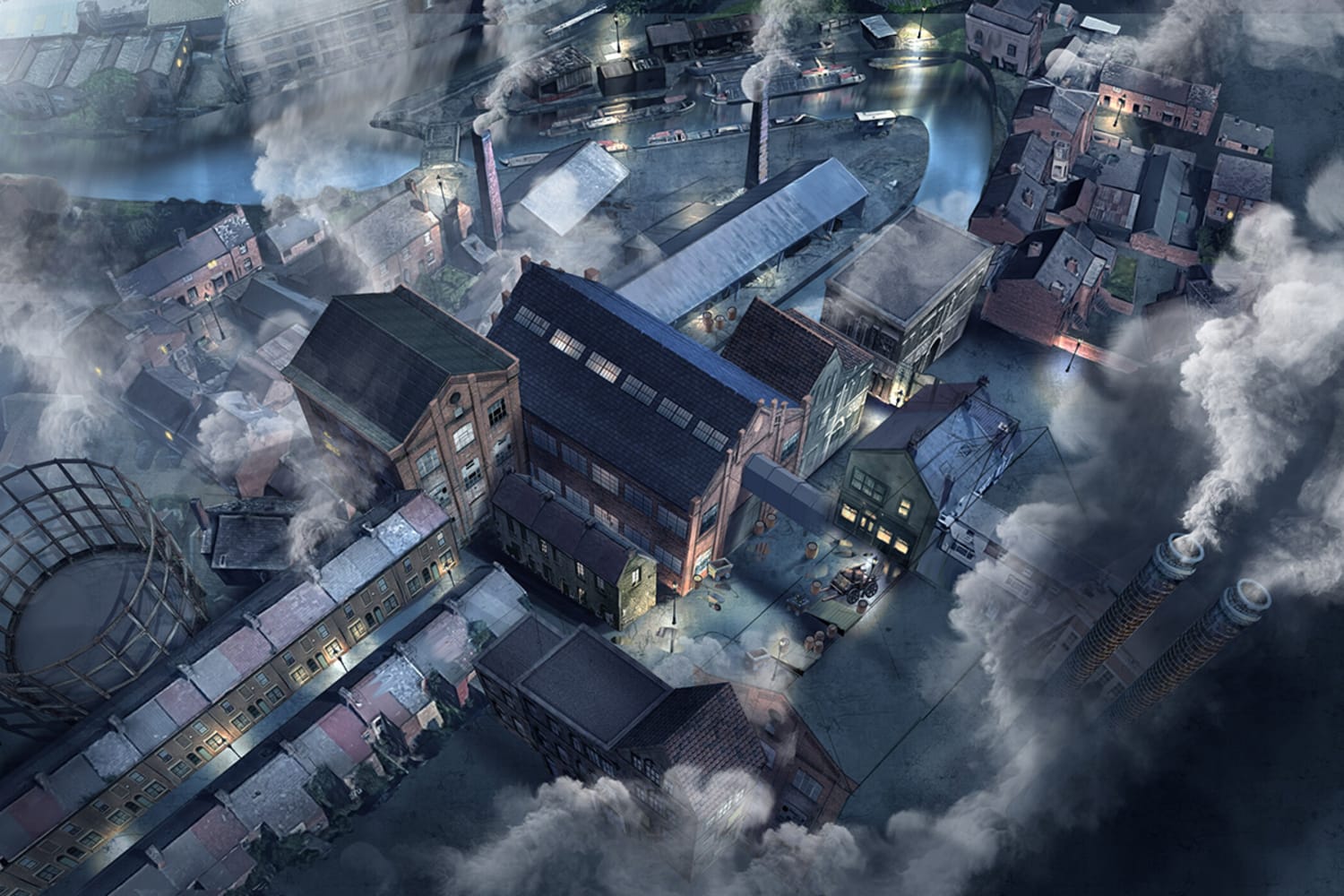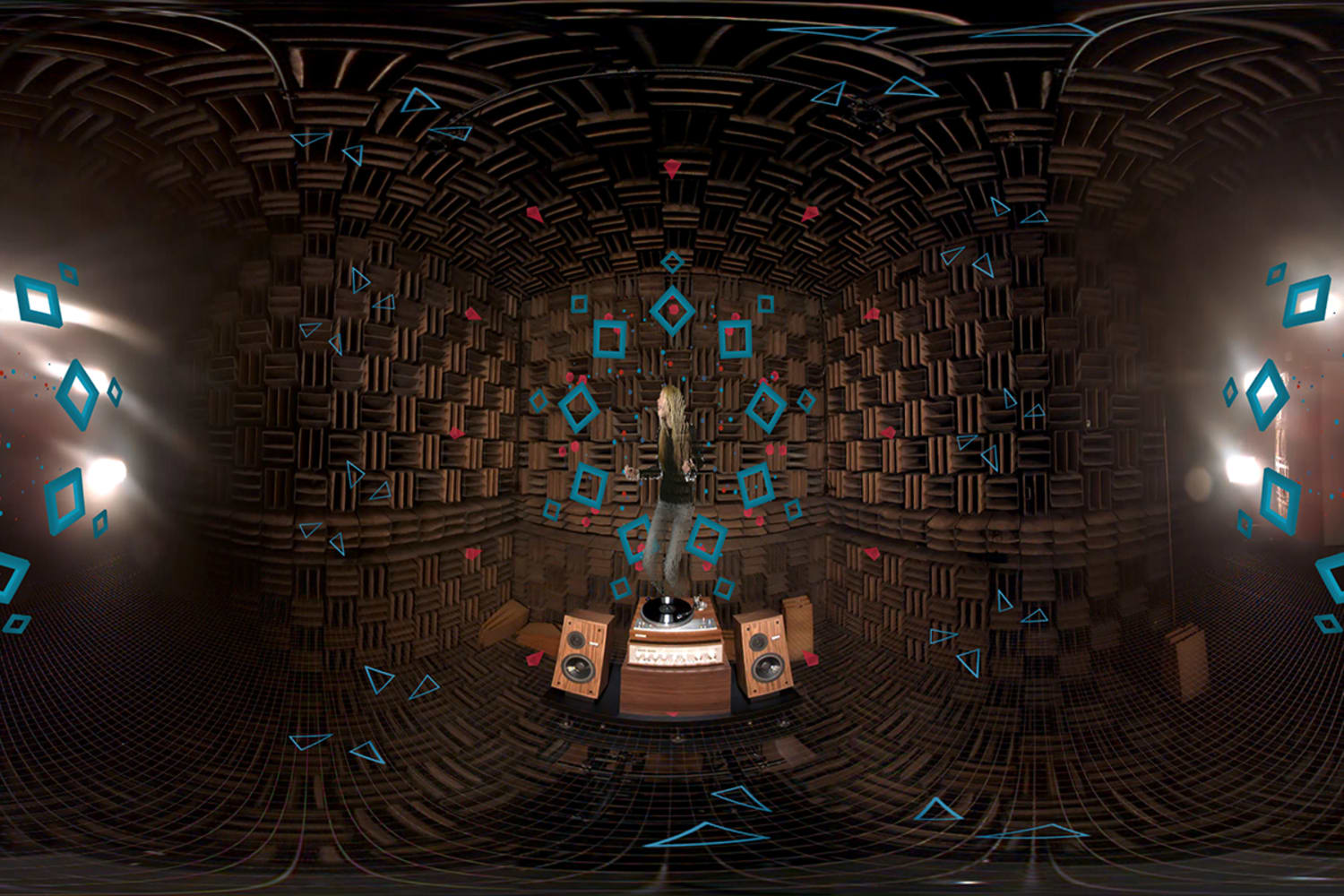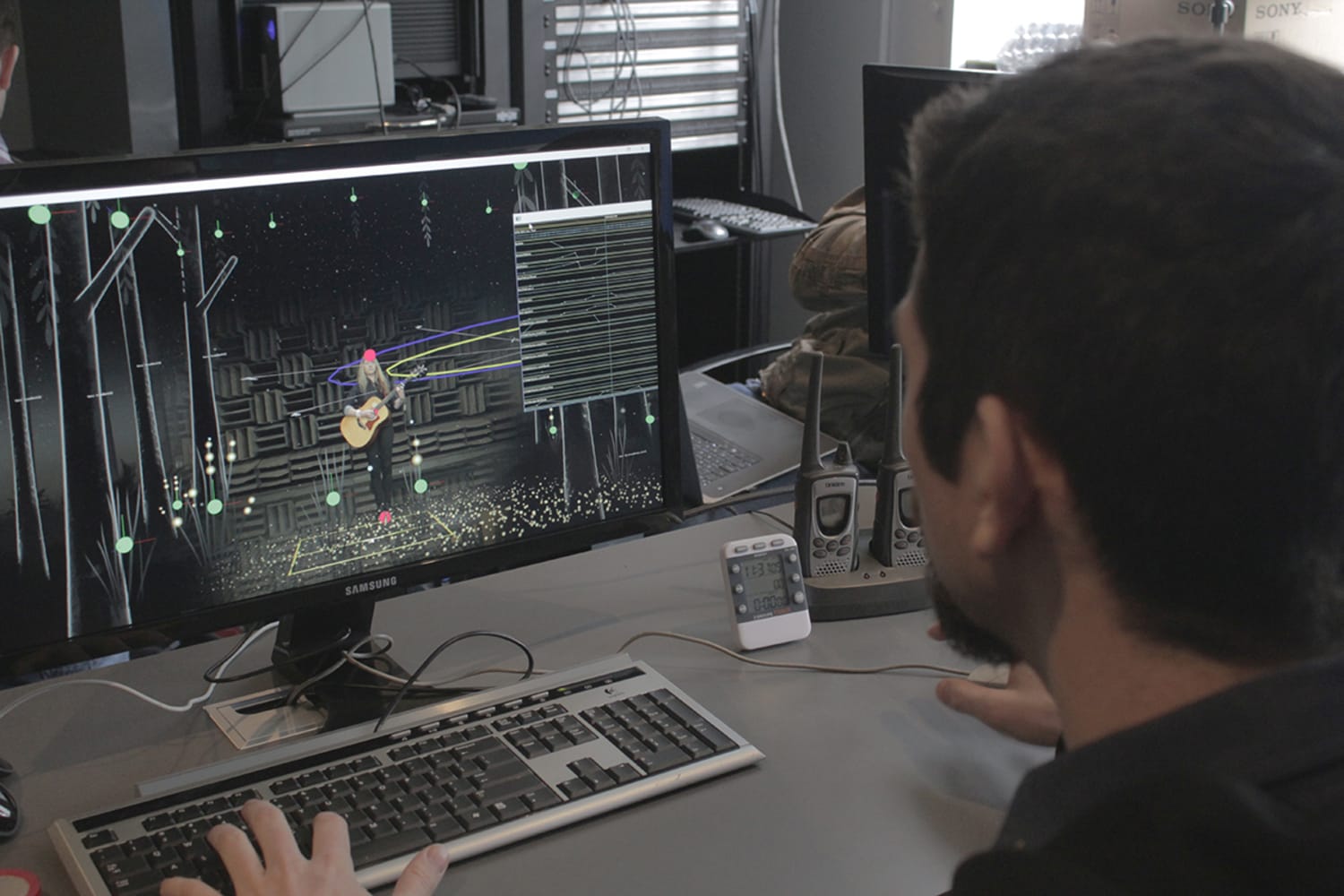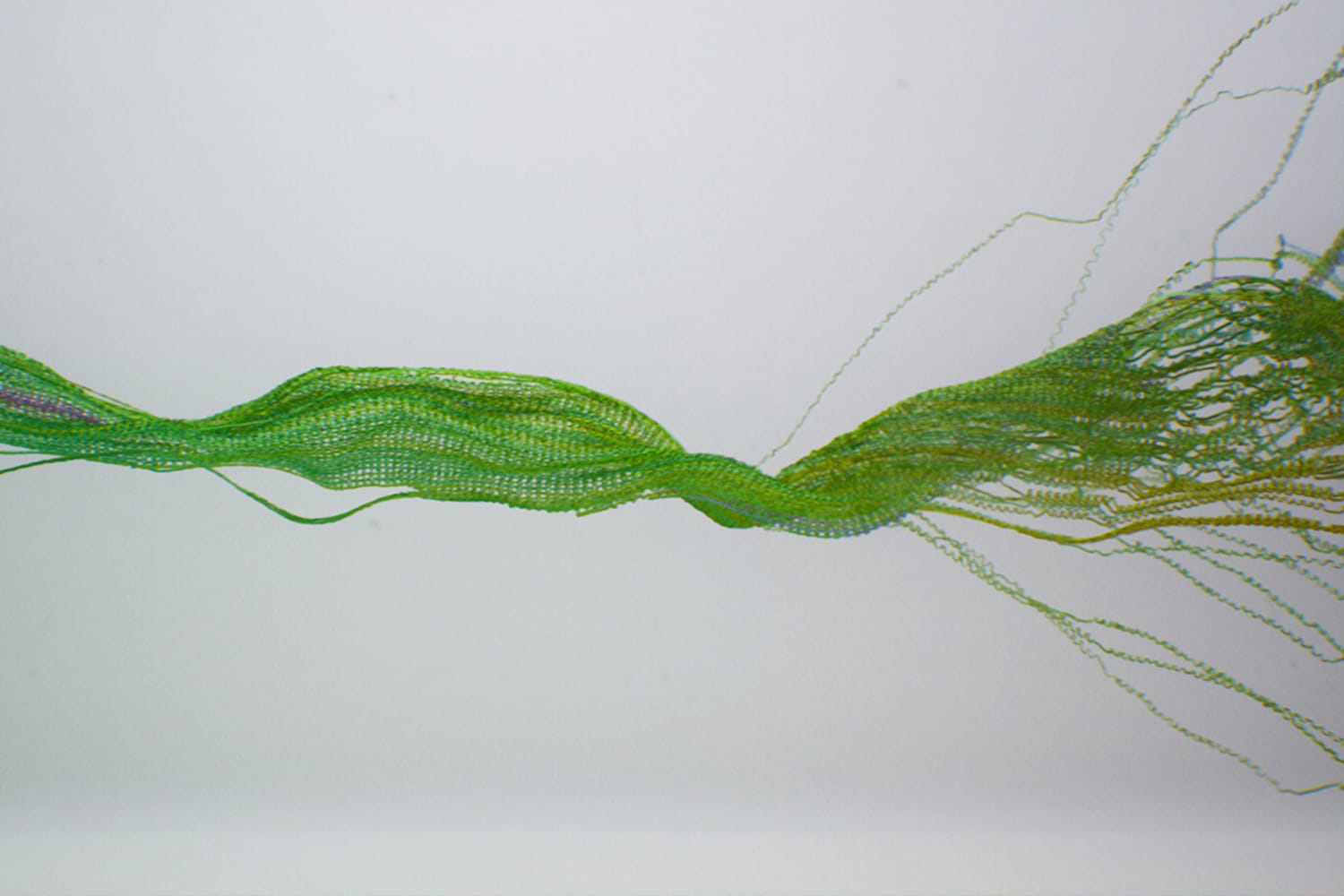Thanks to advances in digital technology, entertainment is now delivering richer, deeper and more immersive experiences for audiences. Content and experiences now deftly blend reality with the virtual, offering multiple entry points and deeper experiential layers. Today’s empowered audience expects freedom: to explore, experiment and most importantly, participate.
This trend towards much deeper audience engagement, like so many others, is seeing some acceleration. The COVID-19 pandemic has presented enormous challenges for production, and live performances are still on hiatus, but the constraints of lockdown are proving to be an engine, spurring innovation.
For instance, by rights, we should be deep into festival season right now, but the tents remain unpitched. Undeterred, the team behind the legendary Shangri-La space at Glastonbury has created a virtual alternative. Called Lost Horizon, it is the world’s largest arts and music festival in virtual and mixed reality.

